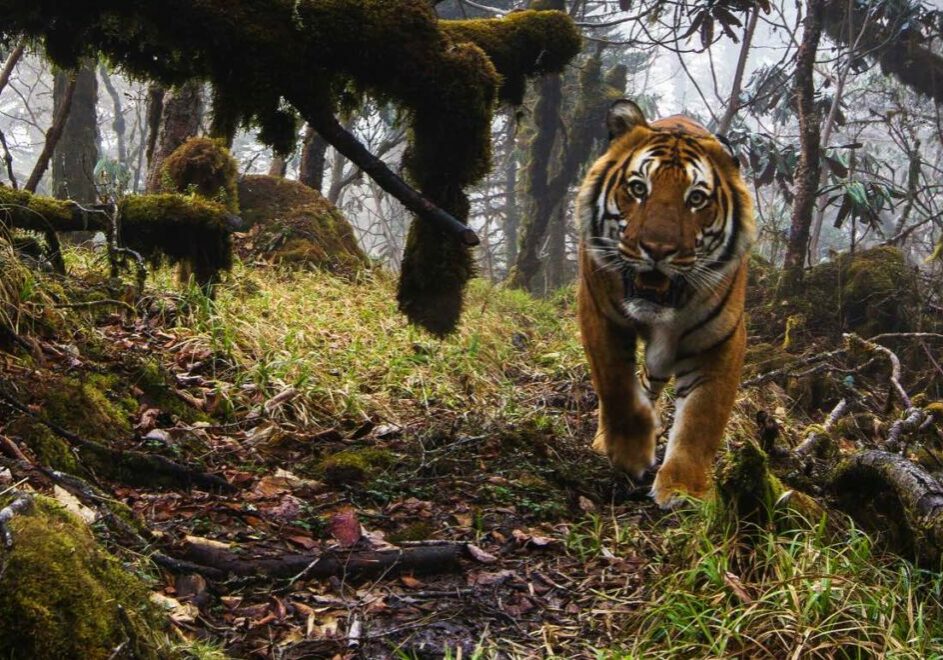Khata Corridor is a crucial ’green corridor’ that enables tigers and other animals to move safely between Nepal’s Bardia National Park and India’s Katarniaghat Wildlife Sanctuary.
During two decades of collaborative efforts with local communities to restore the corridor, camera traps have captured an increasing number of images of tigers exploring the area and even successfully breeding there.
Now, new evidence has shown that the big cats are venturing into previously unexplored sections of the corridor, which covers just over 200 sq km.
You might remember reading about the results of Nepal’s 2022 National Tiger Survey – carried out once every four years – which estimated an incredible 190% rise in the country’s tiger population since 2009.
We’ve been comparing those results with the previous survey and have discovered that in 2018 the tigers mainly roamed the western strip of the corridor. Since then, they’ve expanded into the corridor’s central and eastern forests – and now all available sections of the corridor are being used.
This latest development perhaps isn’t too surprising, as the tiger population in Bardia National Park to the north of the corridor increased from 87 to 125 between 2018 and 2022, so we’d expect the number of big cats using the habitat to rise too.
Khata on camera
Plenty of other animals have been spotted using Khata Corridor, proving that this once degraded area is now a thriving, healthy ecosystem
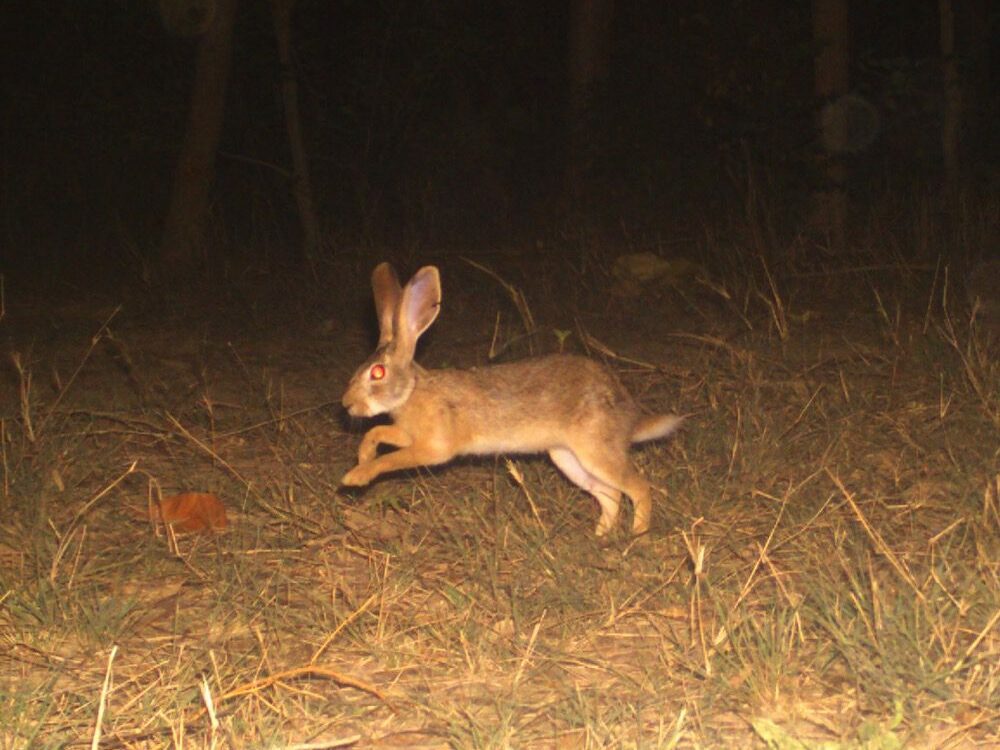
Indian hare
Also known as the black-naped hare after the patch of fur running along the back of its neck, this species is endemic to the Indian subcontinent.
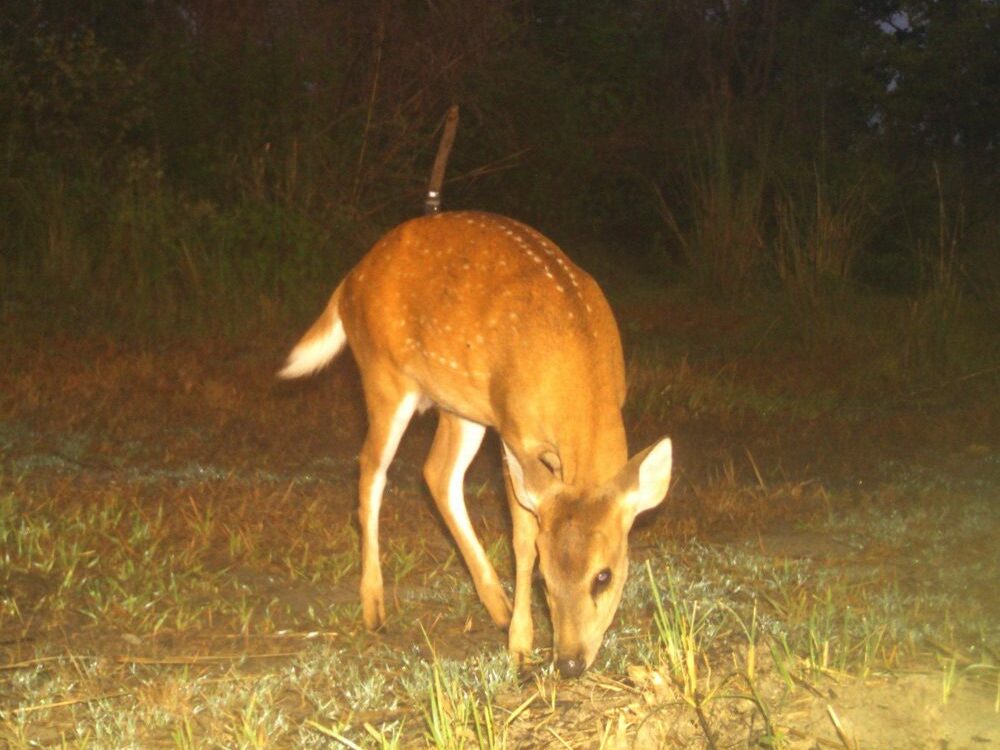
Hog deer
These small deer are named for their pig-like habits – they run head-down and duck under obstacles, instead of leaping over them. They’re found on plains across the north Indian subcontinent.
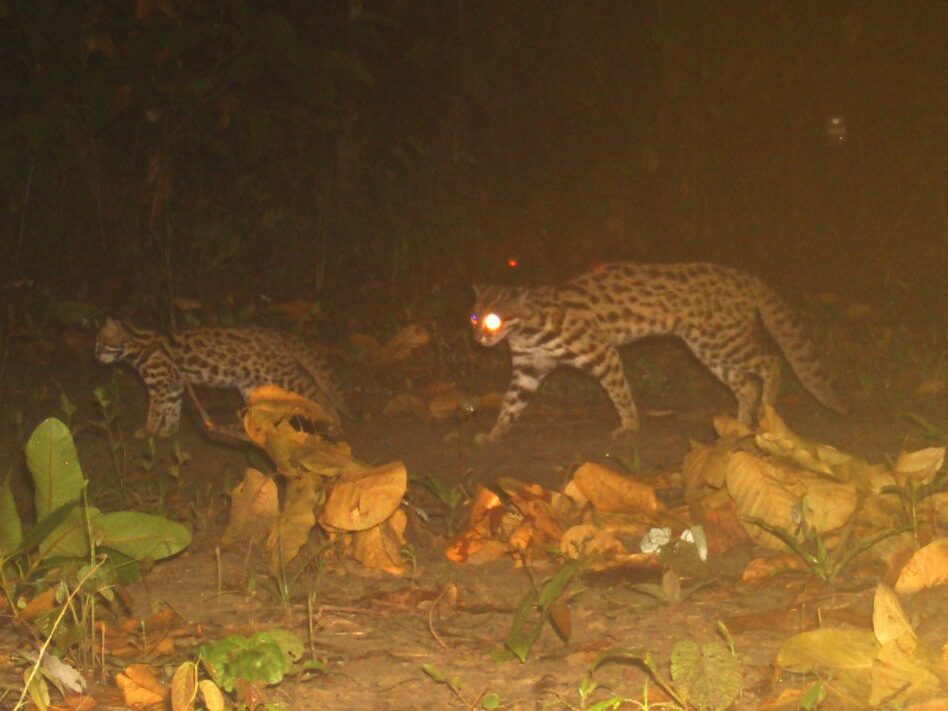
Leopard cat
About the size of a pet cat, these spotted felines live in a wide range of habitats across Asia. Our cameras picked up a mother and her cub.
Encouragingly, the growing tiger population is supported by an ample supply of prey: camera traps have photographed plenty of crucial tiger prey species, including spotted deer (chital), wild boar, muntjac deer and nilgai (or blue bulls).
Tigers prefer to hunt these sizeable herbivores to minimise the energy required to secure a meal – a single large deer can feed a tiger for an entire week.
Just two decades ago, Khata Corridor was an overgrazed, degraded strip of land. But with your help – and the dedication of local communities – the corridor has been transformed into a vibrant, wildlife-rich forest and grassland habitat.
Your support enables us to continue monitoring the corridor and safeguard its status as a thriving space for tigers and other wildlife.
Adopt a tiger
You can help us continue our work to support the restoration of Khata Corridor by adopting a tiger.
More to explore
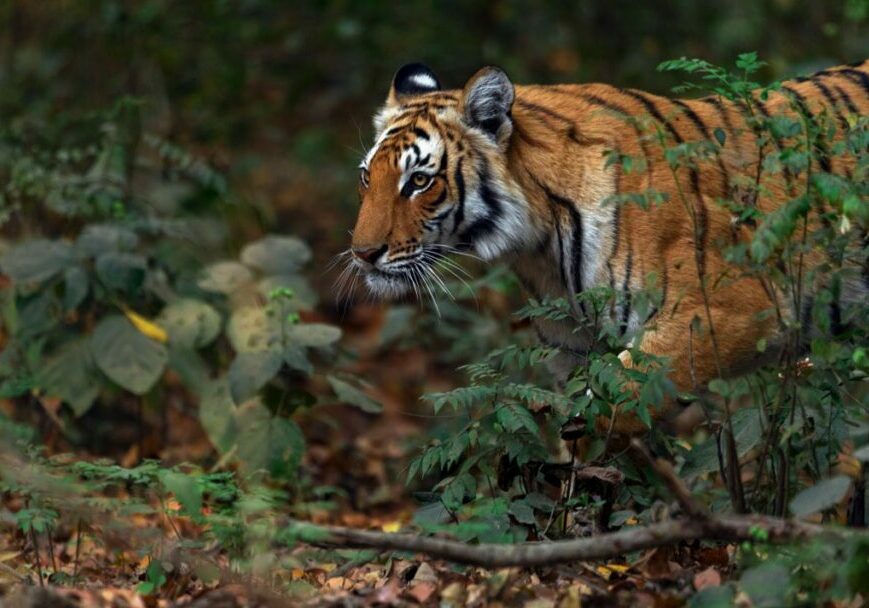
You’ve helped tigers travel safely through Nepal
A forest restoration project you support has helped protect tigers in Nepal – and it’s been recognised as one of the most successful schemes of its kind
